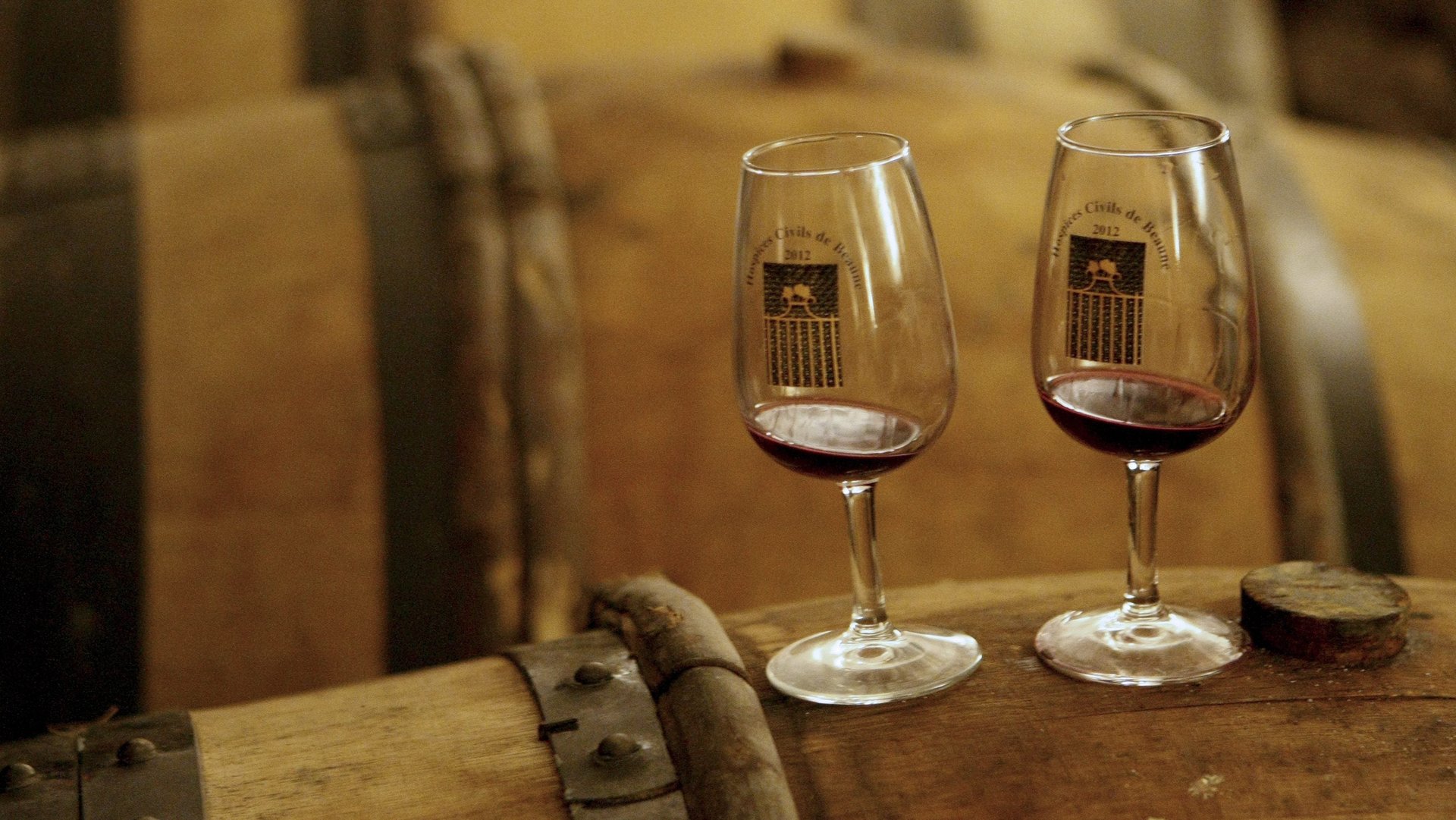Burgundy’s hottest summers in 600 years are changing the region’s famous wines
In 1540, the French wine-making region of Burgundy experienced a summer so hot and dry that the grapes withered on the vine. The resulting pour, according to contemporary reports, “yielded a sweet sherry-like wine which made people rapidly drunk.” English wine critic Hugh Johnson, who tasted a German wine from the same vintage, described it as “extraordinary.”


In 1540, the French wine-making region of Burgundy experienced a summer so hot and dry that the grapes withered on the vine. The resulting pour, according to contemporary reports, “yielded a sweet sherry-like wine which made people rapidly drunk.” English wine critic Hugh Johnson, who tasted a German wine from the same vintage, described it as “extraordinary.”
More than 400 years on, global heating has made such hot, dry summers virtually commonplace in Burgundy. Since 1988, according to a study in the European Geosciences Union journal Climate of the Past, “outstanding hot and dry years” have become the norm. Grapes nowadays are harvested almost two weeks earlier than in the previous 660-odd years.
But these very hot summers don’t guarantee extraordinary, or even especially good, wines.
Heat has a variety of effects on grape vines, master of wine Steve Charters, who teaches at the Burgundy School of Business, tells Quartz. “When the vine suffers 30°C heat for long periods, it shuts down temporarily, which means that maturity is actually delayed. At the same time, vines may suffer other deleterious effects due to the heat,” he says. And though grapes get sweeter, the resulting wines are not always more honeyed. “The result is that alcohol goes up—not that sugar stays in the wine,” says Charters.
It’s not all bad, though. Heat improves quality up to a point, by guaranteeing ripeness and making disease less likely, he said.
But erratic conditions can make it hard for winemakers to get the balance right. A lack of rain may also mean smaller grapes and less wine produced.
Ultimately, Charters says, “quality is dependent on many issues beyond just heat and sunlight.”